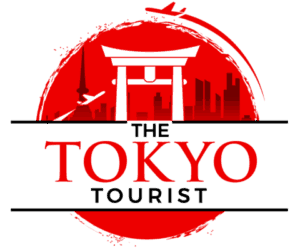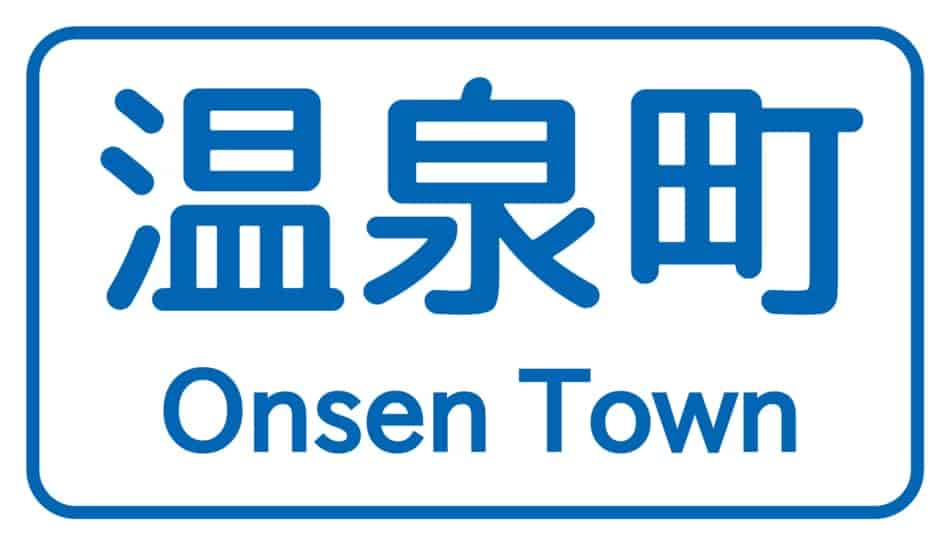Deprecated: mb_convert_encoding(): Handling HTML entities via mbstring is deprecated; use htmlspecialchars, htmlentities, or mb_encode_numericentity/mb_decode_numericentity instead in /home2/thetoky7/public_html/wp-content/themes/acabado/functions.php on line 2119
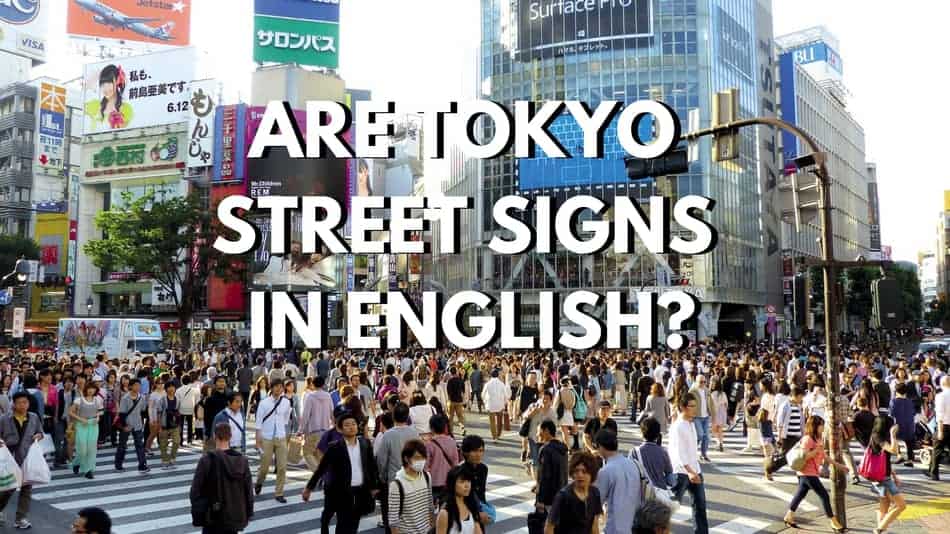
You’ve got everything ready for your trip to Japan, but you have to admit, you don’t really know much of the language. Okay, make that any of the language, except for maybe a basic phrase or two. That makes you a little nervous about getting around. How will you know where you’re going? Are any street signs in Tokyo going to be in English?
Yes, many Tokyo street signs are in English. This is due to a mandate that rolled out in 2014 that added English words to most Romanized Japanese street signs. This is a two-step effort, first to make the city ready for the 2020 Olympics while also improving tourism in Japan.
Does that mean you can get around easier now that you’ll be able to read what’s on the street signs? Yes. Should you put away your Japanese language book and give up on learning the language? Not exactly. I’ll explain why that is in this article, so keep reading!
Are Tokyo Street Signs in English?
While not every single street sign in Tokyo is in English, many of them are, with more coming. This is in preparation for the 2020 Tokyo Olympics. Anytime the Olympics come to town, the city they’re hosted in becomes a major attraction. The same will undoubtedly be true for Tokyo, too.
According to a 2017 article in The Japan Times, a good portion of stop signs should be fully converted by next year. The publication estimates that 35,000 signs will be upgraded with English alternatives. There are about 140,000 stop signs in the city.
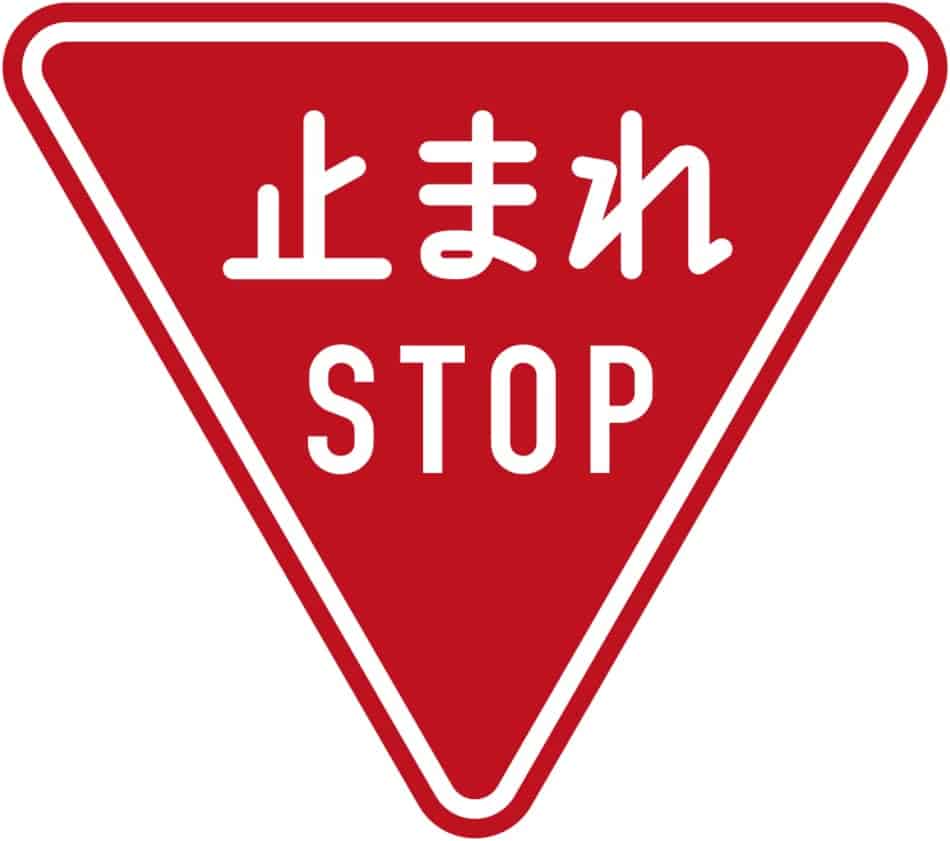
Of course, these updated street signs will be more than just stop signs. Slow-down signs in both English and Japanese are also going to pop up around this city. This could be a long-term job, though, considering there are 1,000 signs of this nature in Japan.
That’s why The Japan Times article mentions how car rental centers, airports, and other related areas where the games will take place will get the updates first.
There are many venues that will be used for the 2020 Olympics games. For football, these include the following stadiums:
- New National Stadium
- Sapporo Dome
- Kashima Soccer Stadium
- Miyagi Stadium
- Saitama Stadium
- Tokyo Stadium
- International Stadium Yokohama
Tokyo Bay Zone will be another popular spot for the games, including these venues:
- Aomi Urban Sports Venue
- Central Breakwater
- Shiokaze Park
- Odaiba Marine Park
- Ariake Coliseum
- Olympic Gymnastic Centre
- Yumenoshima Park
- Tokyo Tatsumi International Swimming Center
- Olympic Aquatics Centre
- Oi Seaside Park
- Kasai Rinkai Park
Finally, these venues are included as part of the 2020 Olympics Heritage Zone:
- Musashino Forest Park
- Imperial Palace Garden
- Tokyo International Forum
- Nippon Budokan
- Tokyo Metropolitan Gymnasium
- Ryokogu Kokugikan
- Yoyogi National Gymnasium
- New National Stadium
Yet another reason Japan is looking to add English to more of its signs is to increase its tourism, says a 2014 article from travel resource Skift. That’s why other parts of Japan, including Beppu, Kyoto, Kobe, Osaka, and more than 40 others have updated their road signs since that article was published in 2014.
The mandate I touched on in the intro rolled out that same year. The guidelines were developed by Japan’s transport ministry and could expand to public transportation, roads, popular tourist sites, parks, museums, and more if they haven’t already.
Per the mandate, some road signs you can see in English include:
- Mountains
- Hospitals
- Post offices
- Town offices
- Prefectural offices
- Rivers
- City halls
- Airports
- Stations
How Much English Can You Expect to See Around Tokyo?
With the rush to get Tokyo tourist-ready in time for next year’s Olympic games, you can expect to see a fair deal of English signs in the city. That’s not to say there weren’t street signs in English before the last few years, because there were. Now there are even more.
To understand how much English you can anticipate seeing on Tokyo street signs, I figured I’d delve into the signs you’d come across during your time in the city.
Supplemental Signs
Hojo-hyoshiki or supplemental signs are never used on their own. They’re tacked onto principal signs and provide more information on those signs. They may tell you where a road restriction starts or ends, where bicyclists can ride, and time limits on parking. Most of these signs are not in English. However, some signs use common symbols like trucks or bicycles, so you can probably figure out a few of them.
Instruction Signs
Shiji-hyoshiki or instruction signs warn you to follow certain directions. These signs include school and pedestrian crossings, parking permissions, and stop lines. Again, not all of them are in English, but the illustrations included with many instruction signs should clue you in on what to do or not do.
Regulatory Signs
Kisei-hyoshiki or regulatory signs include stopping and parking signs, restrictions, turns, exclusions, slow-down signs, and stop signs. Most of these don’t have any words and are represented as illustrations. Those that do have words will often be in both Japanese and English for tourist safety.
Warning Signs
Kekai-hyoshiki or warning signs are all diamond-shaped and yellow in color with a black edge. These also don’t include words, just illustrations. Warning signs in Japan are not all that different from those back in the United States, so you should be able to understand them easily enough.
Guide Signs
Finally, there are guide signs or an’nai-hyoshiki. These are often dark green but can also be blue. They can be quite complicated, but luckily, most of the signs are written in English as well as Japanese.
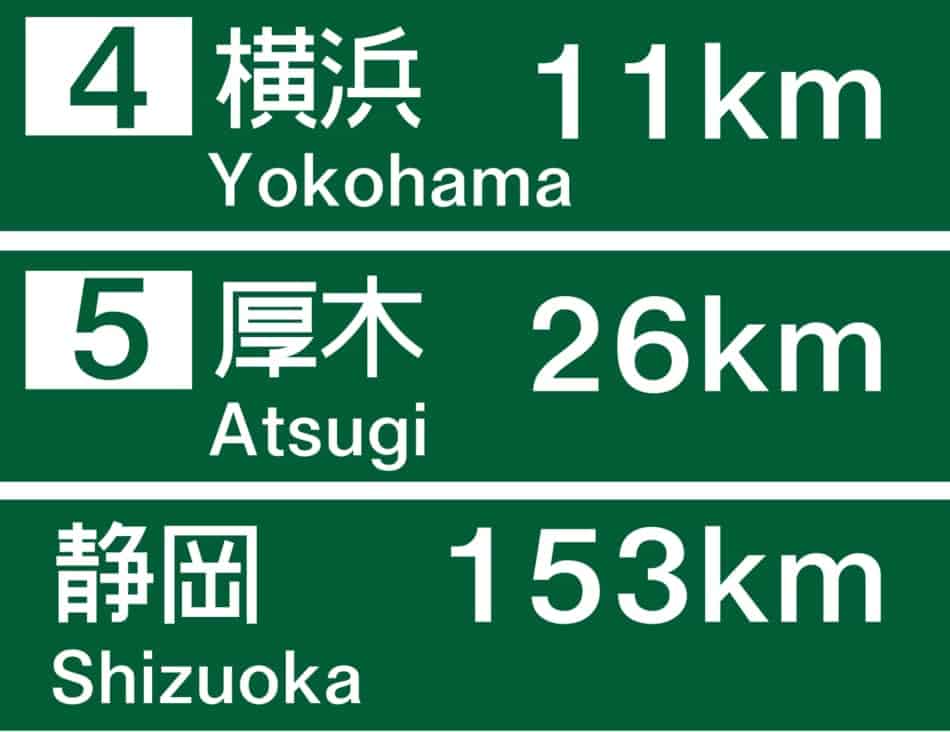
Do Shopkeepers and Business Owners in Tokyo Speak English?
Reading signs in English is one thing, but what about communicating with others? Do most people in Japan know the English language?
Based on a 2013 article from Japanese news site EconomicNews, the answer is no. A small percentage of those in the country who hold upper management corporate positions (about 15 percent) said they have a good grasp on the language. That means they can have even detailed conversations in English.
What about other residents in the country? Based on the same article, of a survey of Japanese people between 20 and 49 years old, 30.4 percent of them said they know a few English words. This is enough to maybe put together very basic sentences. A greater portion, 41.6 percent, admitted to not being able to speak English.
While this certainly varies on a case-by-case basis, it’d be ignorant on your part to visit Japan and expect most people to be able to have conversations in English. While some shopkeepers and business owners do make it a point to learn the language to appeal to tourists, this is by no means guaranteed.
That’s why…
Should You Bother to Learn the Language?
If you are visiting Japan, you should absolutely take the time to learn the language. You don’t have to be a master at it, but being able to speak basic words and phrases will take you a long way during your Tokyo adventures. Not only will you be able to ask for directions to specific places, but you might be able to understand street signs that are not converted to English.
Speaking of street signs, not all the ones that are converted are as easily decipherable as you’d imagine. In their article, Skift says that a street like Aoyama-dori in Tokyo may be written as Aoyama-dori Avenue in English. If you don’t know that dori is the Japanese word for “street,” you’re just going to be more confused.
Skift also mentions that when it comes to spas and hot springs, these will exclusively be called onsen on signage around Tokyo and other parts of Japan. This is the word for “hot spring” in Japanese, so again, this is not a shocking road sign change. However, if you didn’t bother to study the language even a little bit, you’re going to have a hard time navigating.
It’s within your best interest to try and get a grasp on the language of the country you’re visiting. While you may not be able to speak perfect Japanese during your first trip to Tokyo, immersing yourself in the culture can help you sharpen up your language skills quicker than you’d imagined.
Conclusion
Many street signs in Tokyo are in English. This is in part due to a 2014 mandate to improve tourism as well as in preparation of next year’s Olympic Games in Tokyo. While not every sign has been updated, there are long-term plans to have English equivalents for most Japanese road signs in Tokyo.
However, just because you can read street signs in English doesn’t mean you can necessarily hold a conversation in the language. It’s much better to learn the language of the place you’re traveling to instead of assuming the residents will know your language. If you have a decent grasp of Japanese, it’ll benefit you. You can hold conversations and fill in the gaps on those road signs that are not in English.
